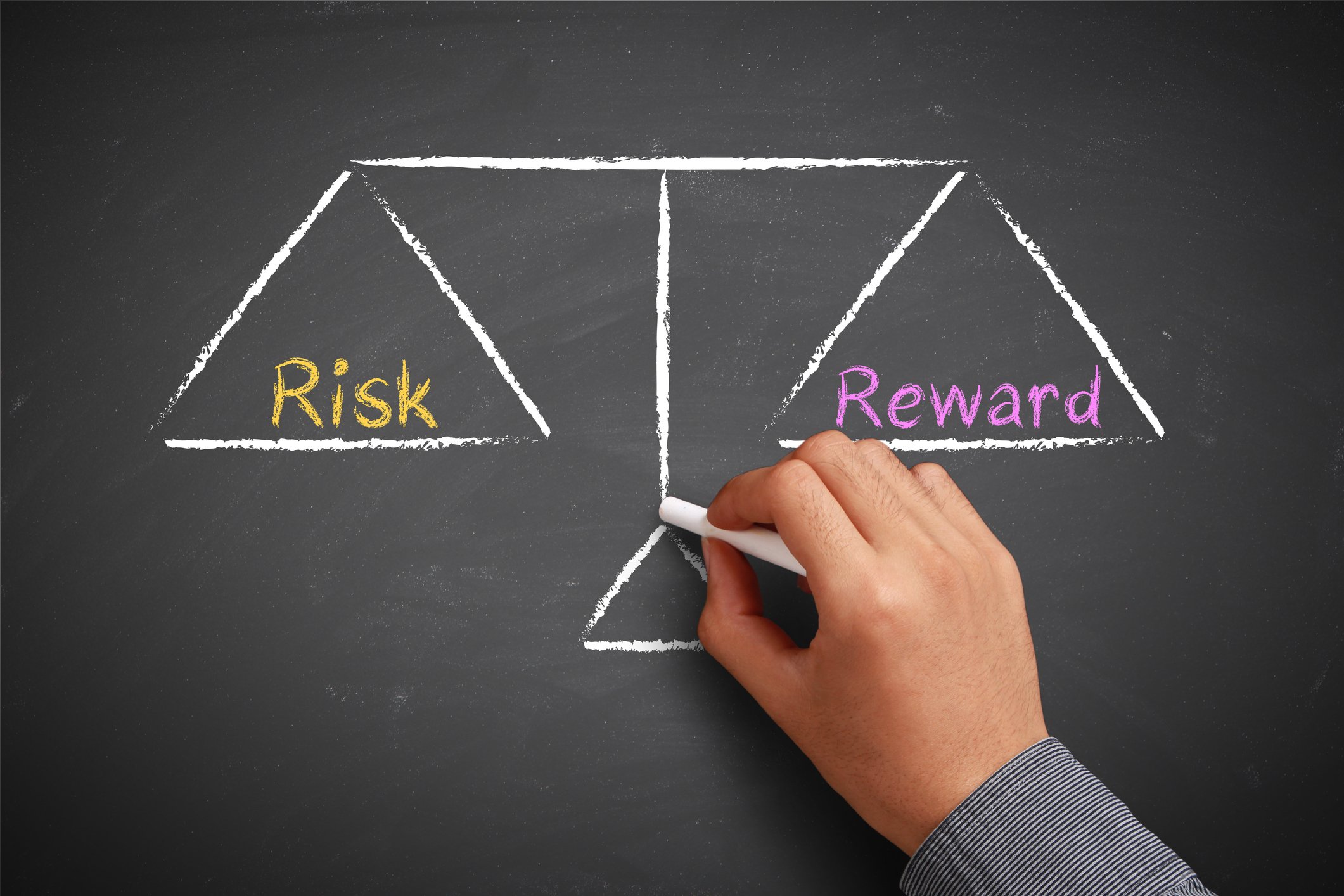When share prices plummet -- like they've been doing this year -- it can be great for dividend investors. Former "meh" picks can turn into high-yielders overnight. But if shares fall too far, or companies get into too much trouble, those same dividends can be put at risk.
Here are three top tips to help you pick the best dividend stocks for your portfolio, and three stocks that fit the bill.

Image source: Getty Images.
No. 1: Look for healthy businesses
A lot of dividend investors chase the highest yields, and don't look much beyond that. However, sometimes yields are high for a reason: Maybe the stock's share price has fallen recently, or the business has been stagnant for quite some time, leading to a yield that slowly pushes higher. Either way, these are probably dividend stocks to avoid.
Take, for example, Buckeye Partners, a pipeline master limited partnership (MLP) that saw its yield soar to 15.2% after a big Caribbean investment soured and its unit price (the MLP version of share price) dropped. Buckeye had taken on a lot of debt to finance the investment, and wasn't generating enough cash flow to cover its distribution (the MLP version of a dividend). Even though management reassured investors that it wasn't planning to cut its payout, a few months later it slashed it by 40% and the unit price tanked. Buckeye was taken private shortly thereafter.
One business that's looking very healthy right now is renewable energy specialist and utility NextEra Energy (NEE +0.50%). NextEra is one of the rare companies to report earnings growth in Q1 2020, and to reaffirm its outlook of 6% to 8% earnings growth through 2022. Its balance sheet is one of the best in the sector, and it expects to grow its dividend -- currently yielding 2.3% -- by 10% per year through 2022.
No. 2: Avoid volatile industries
Just because a company is doing very well and easily covering its dividend, don't assume the current situation is the norm. A company in a cyclical industry may have no trouble covering its payout when times are good, but will still be in trouble if the business cycle changes or the industry is disrupted.
Dividend investors in the oil and gas industry just got a hard lesson in how even a large, stable company with a long history of dividend payouts can suddenly disappoint when things get tough. Royal Dutch Shell, which hadn't cut its dividend since World War II, announced on April 29 that it was slashing its dividend by 66% to shore up its balance sheet.
Oil has been a volatile industry over the last several years, and when oil prices crashed in early March, driving Shell's yield above 10%, the company had to throw in the towel. Many other oil and gas companies have made similar dividend cuts during periods of low oil prices.
One business that's incredibly stable -- and is even thriving right now -- is consumer staples. Procter & Gamble's (PG +0.23%) paper products and cleaning supplies are in high demand, and its stable of popular brands -- including Crest toothpaste, Tide laundry detergent, and Pampers diapers -- helps it consistently churn out impressive operating cash flow ($16.8 billion in the last year). That cash is more than enough to fund the company's dividend, which it increased in April for the 64th straight year, and currently yields 2.6%.
No. 3: Look at yield last
Not all high yields are dangerous yields. If a healthy company in a stable industry is offering a high yield, there's every reason to take it...as long as there are no hidden issues with the company.
Despite its DirecTV business falling victim to cord-cutting in recent years, longtime dividend stalwart AT&T (T 0.74%)still looks healthy enough to invest in. The company's shares were hit hard in the recent market downturn, which has pushed its yield up to an enticing 6.9%. Even after a relatively weak quarter, AT&T still churned out $3.9 billion in free cash flow -- enough to cover its dividend and then some. In subsequent quarters, CEO Randall Stevenson expects a dividend payout ratio of 60%, leaving the telecom plenty of leftover cash, which it can invest in 5G upgrades and use to continue to strengthen its balance sheet.
It's good that AT&T plans to strengthen its balance sheet: the company's debt has increased substantially since 2014, reaching $190 billion in 2018. Still, AT&T has managed to pay down more than $25 billion of that debt in the last two years, and maintains an investment-grade credit rating. While it has a long way to go in paying down its debt, AT&T's dividend looks secure.
The best tip
As a dividend investor, it's easy to get discouraged by low yields and enticed by high ones. But the last thing you want is to fall into a "dividend trap." Ensuring you're investing in healthy companies in stable industries like NextEra Energy, Procter & Gamble, and AT&T is the best way to create a dividend portfolio that can last over the long term.








